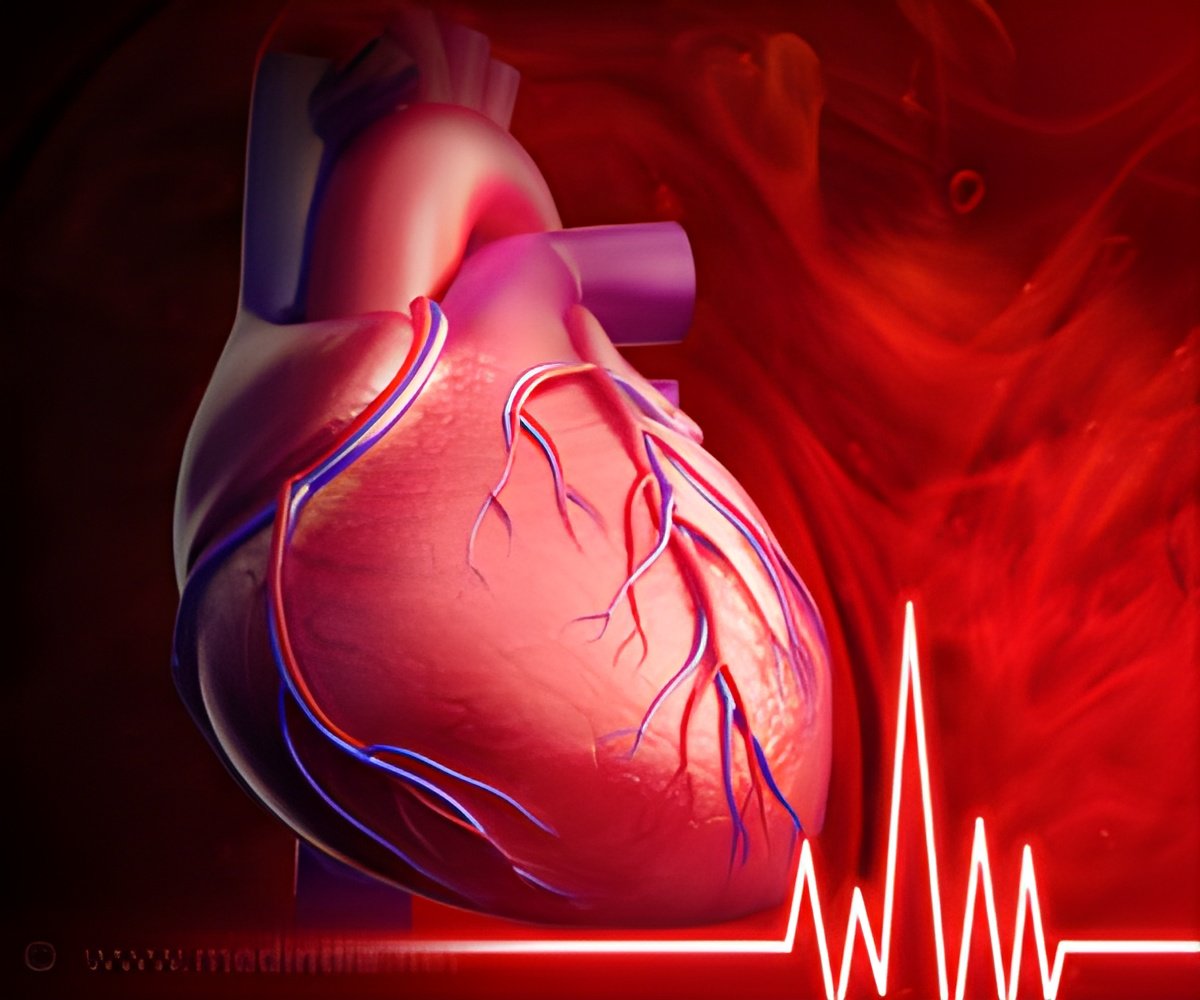
"We have been encouraged about the successful results in a very short period of time with the HONU Project, which we believe uses a comprehensive approach necessary to reduce cardiovascular disease," explained the study's lead investigator Thomas Knickelbine, MD, cardiologist at the Minneapolis Heart Institute® at Abbott Northwestern Hospital in Minneapolis and medical director with HONU. He added that all players in the community feel accountable for improving care—from the employers to the providers to the individual. The Heart of New Ulm Project is addressing prevention of risk level through healthcare initiatives, worksite programs, and broad community initiatives. Interventions range from individual health education and behavior change work to policy and social marketing and re-engineering strategies.
"Due to the single medical center in the community, all residents are connected to a common set of providers and common electronic health record, which is uniquely helpful in providing a comprehensive understanding of risk levels that can be communicated back to the residents and medical providers to close the loop of the patient care continuum," said study co-investigator Jackie Boucher, MS, vice president of education at the Minneapolis Heart Institute Foundation.
For the residents of the New Ulm zip code, free heart health screenings were offered to any adult first in 2009 when the program began and again in 2011. Screenings were held in a variety of locations, including worksites, the local hospital (New Ulm Medical Center), churches and other community spaces. Those participating in both years of the free screenings comprised the study group, which included 1,766 adults. Mean age of re-screening cohort in 2011 was 55.5.
During the screenings, study participants completed a questionnaire and biometric measures (i.e., blood pressure, height, weight, waist circumference and fasting blood draw). The screening tool included questions on various lifestyle behaviors, including smoking, physical activity level, number of daily fruit and vegetable servings, stress level, alcohol consumption and medication adherence. After the screening, high-risk individuals were targeted for more aggressive treatment with direct phone calls to provide behavioral lifestyle change counseling, medication initiation and scheduling of follow-up visits with primary care providers at the New Ulm Medical Center.
The researchers found that people returning for screening in 2011 were more likely to be female (64 percent of the returnees in 2011 were women), less likely to be smokers (6.3 percent in 2011 vs. 5.3 percent in 2009), be obese (35.6 percent in 2009 vs. 36 percent in 2011) or have diabetes (23.2 percent in 2011 vs. 26.6.
Advertisement
Gender-specific differences also were revealed, as women had larger decreases in stress levels and larger increases in fruit and vegetable consumption compared with men, and men were more likely to start blood pressure medications. Also, hs-CRP decreases were more pronounced in women than men despite similar changes in aspirin use and non-significant gender differences in cholesterol medication use. The study authors hypothesize that this may be related to increased exercise and reduced stress levels.
Advertisement
Source-Eurekalert








